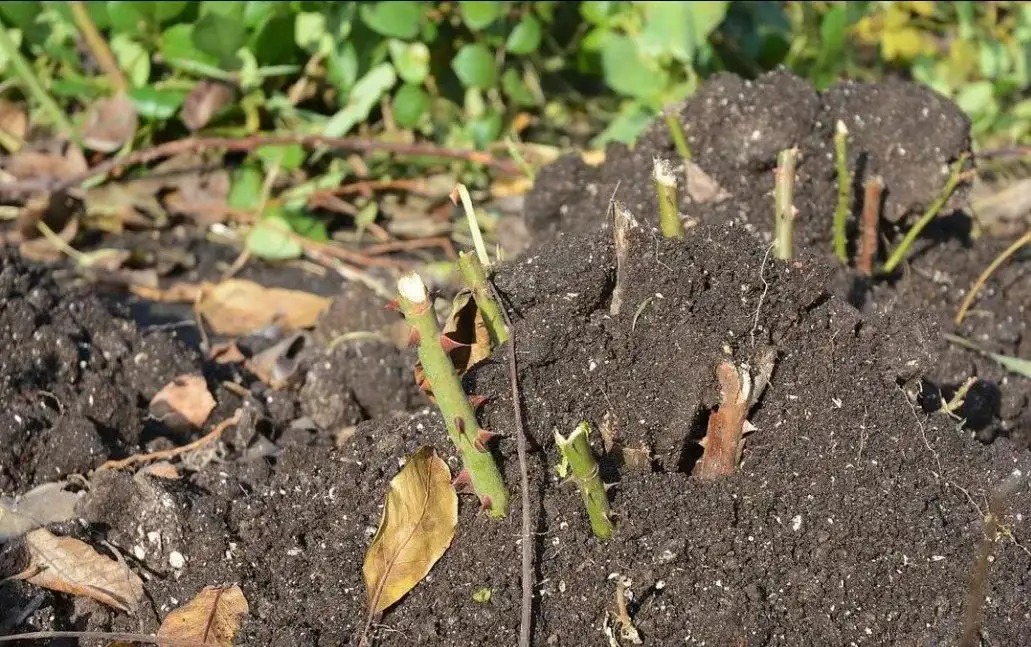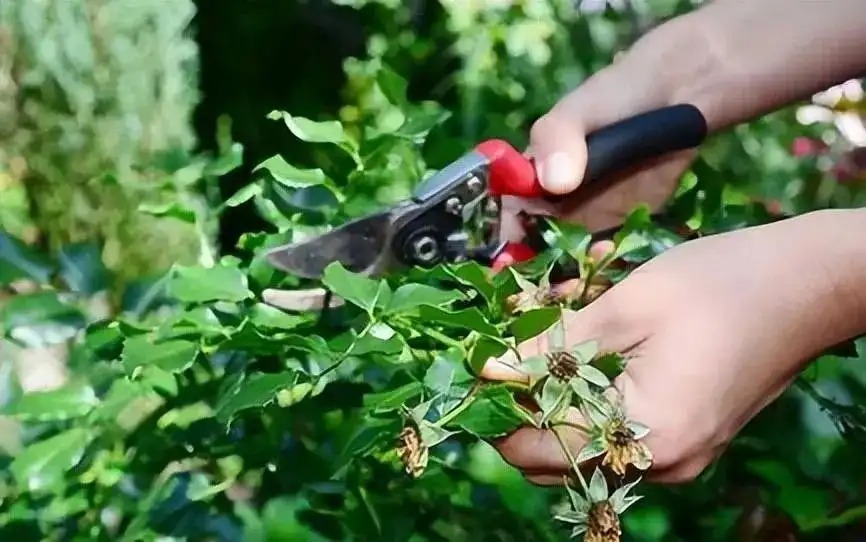Roses are colorful and have different shapes. They are suitable for use in courtyards, flower beds, potted plants and other scenes, satisfying people's yearning and pursuit for a better life. At the same time, with the continuous advancement of science and technology, rose cultivation and management technology is also constantly innovating, gradually shifting from traditional farming methods to intelligent and ecological production models. It has improved the yield and quality of roses, reduced production costs, and brought new opportunities and challenges to the development of the rose industry. Therefore, in-depth research and mastery of rose cultivation and management technology will not only help increase the income of flower farmers, but also promote the sustainable and healthy development of the rose industry.
Rose's detailed introduction
Roses are charming and colorful flowers that prefer sunny and humid environments. Generally speaking, they grow best in fertile, well-drained soil . Although roses are not very demanding on soil, it is best to choose loose, fertile soil with a pH value between 5.5-7.0. In addition, a well-ventilated and air-circulating environment is also particularly important for the growth of roses.
Roses are shrubs or vines with strong vitality and adaptability . They usually grow densely with luxuriant branches and leaves, and some varieties are climbing and need brackets or supports to maintain their growth.The growth rate of roses varies from variety to variety, but generally speaking, it takes a certain amount of time for a rose to grow from a seedling to a mature plant, during which time it needs proper pruning and management. The growth cycle of a rose includes a dormant period, a growing period, and a flowering period. In warm climates, roses can bloom year-round, while in colder regions, they have a distinct dormant period. The growth cycle of a rose is affected by environmental factors such as light, temperature, and humidity, so the growth cycle of roses in different regions and seasons may vary.
Generally speaking, rose propagation methods mainly include sowing, cuttings, grafting and division. Among them, cuttings and grafting are commonly used propagation methods that can maintain the purity and characteristics of the variety. Through appropriate propagation methods, the scale of rose planting can be quickly expanded, and the quality of the plants can be more easily controlled.Roses have a certain degree of stress resistance and can adapt to environmental pressures such as drought, cold, and pests and diseases within a certain range. However, when faced with extremely harsh environmental conditions, roses will also be affected, and are prone to growth retardation, yellowing leaves, and bud withering. Therefore, when cultivating roses, it is necessary to pay attention to environmental regulation and the prevention and control of pests and diseases to ensure the healthy growth of the plants.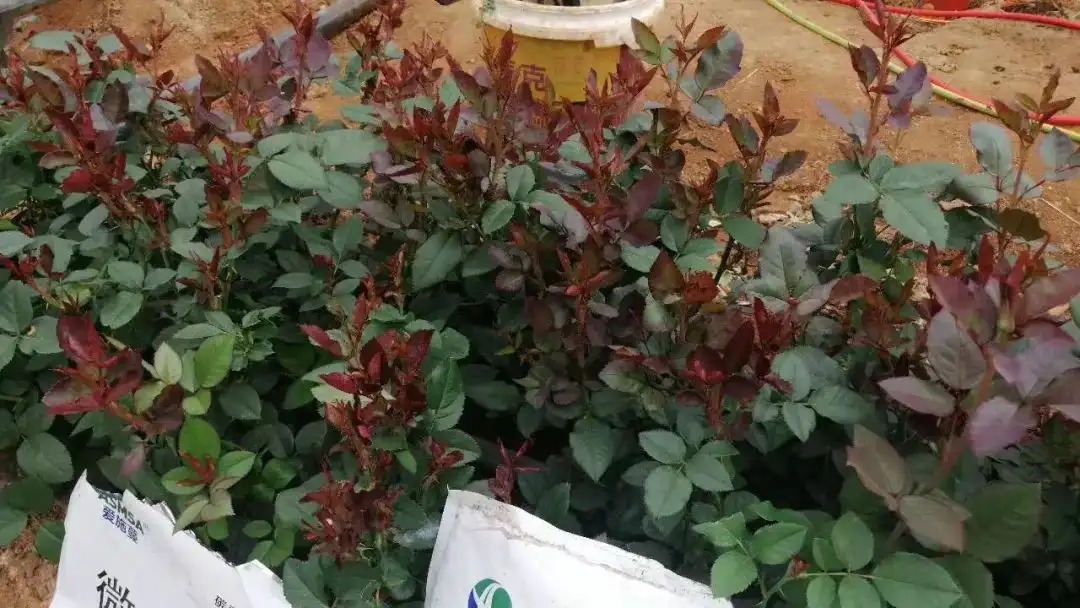
Rose Gardening and Planting
In order to provide a good environment for growing roses, you can choose neutral or slightly alkaline soil with deep soil layer, good drainage and rich in organic matter as the basis of the garden.Before planting, weeds and waste on the ground must be cleared. According to the selected planting row spacing, tree holes should be prepared, and the size of each tree hole should be 30.0 cm × 30.0 cm.When choosing finished seedlings to build a garden, you must ensure that the seedlings are healthy and free of pests and diseases , have full buds , a well-developed root system on the rootstock, and a plant height of no less than 30.0 cm.Generally, grafting time is divided into three time periods: spring, summer and autumn.Spring grafting is carried out before the roses sprout. Due to the short time, they are easily affected by cold currents and late spring cold snaps, and the survival rate is low.The time for summer grafting is from early July to the end of early August in the Gregorian calendar. At this time, the scion can be used as soon as it is taken, the grafted buds germinate quickly, the survival rate is high, and it is convenient for large-scale reproduction, and even mature seedlings can be formed in the same year.However, autumn grafting requires the next year to grow into seedlings, which takes a long time and affects the benefits. Therefore, summer grafting is mainly used to propagate seedlings.The cultivation and selection of rootstocks adopts cutting propagation, which can be carried out in spring, summer and autumn, but cuttings are more common in autumn from mid-September to mid-October . The reason is that the branches are full and the temperature is high, which is conducive to promoting new roots.When cutting, choose branches of red ten sisters, modern roses, and western roses that are grown in the current year, have a diameter of more than 0.5 cm, and are fully developed. Cut them into 15.0-20.0 cm cuttings, and cut the lower end into a horse ear-shaped slope. Insert the cuttings into the seedbed according to the standard of 10.0-15.0 cm plant spacing and 20.0-30.0 cm row spacing, and irrigate thoroughly after insertion. It should be noted that the top of the cuttings should face upwards, leaving one or two full buds on the ground.Finally, during the summer grafting and management process, bud grafting is mainly used for grafting. Select the plump buds in the middle and upper parts of the current year's branches of roses as graft buds, and use the bark grafting method. When grafting buds, first peel off the thorns at the base of the stock, and perform open bud grafting at a distance of 3.0 to 5.0 cm from the ground. Generally speaking, the graft will heal within 7 days after grafting, and the binding will be loosened 10 to 15 days after the graft buds germinate. After the graft buds are completely healed, the stock will be cut off. Timely removal of the rootstock buds that grow naturally on the stock is conducive to the growth of the graft buds.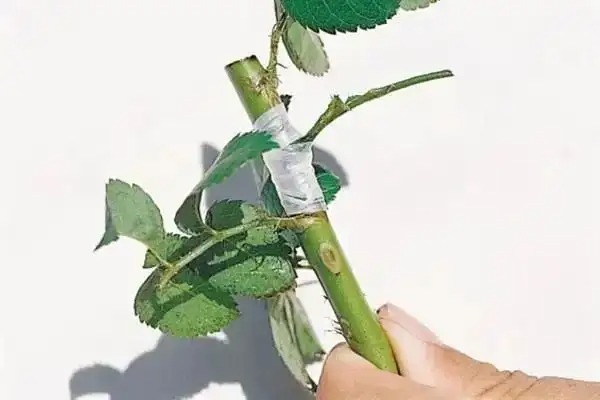
There are two choices of planting time: autumn planting and spring planting.The best time for autumn planting is from mid-to-late October to mid-November . In the prepared planting hole, first apply 0.50-0.75 kg of soil and miscellaneous fertilizer (garden manure or chicken manure, half fertilizer and half soil), then fill it with a shovel of soil and place the seedlings in it.When planting, the planting depth of the seedlings should cover the original root and rhizome. After filling the soil, it should be tamped down and fully irrigated to make the soil expand and compact.The suitable time for spring planting is from late February to late March , and it is better to plant early rather than late, because the ground temperature is higher and the air temperature is lower in the early stage, and the evaporation of the ground is smaller, which is conducive to the healing of the root system and the development of new roots.The main planting method is dense garden strip planting, which saves labor and is easy to manage. The plant spacing is controlled between 0.8 and 1.2 meters, and the row spacing is 2.5 to 3.0 meters. 180 to 330 roses can be planted per 667 square meters.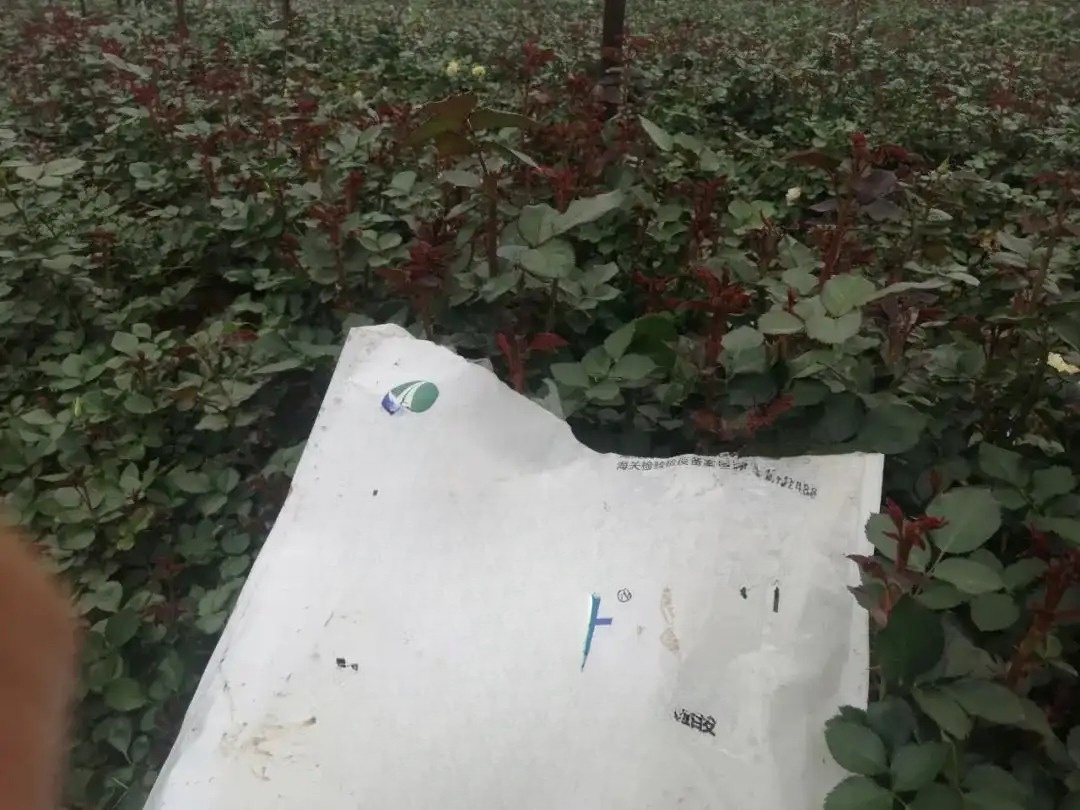
Soil, fertilizer and water management
In the first 1 to 3 years of rose planting, rose bushes usually grow smaller and have less horizontal root coverage. At this stage, you can consider intercropping and planting some short-stemmed economic crops, such as peanuts, soybeans, and Chinese medicinal materials. Doing so can improve land utilization, make full use of the space between rose bushes, and increase economic income.
The root system of roses is to build up the soil at the base of the roses after the leaves fall or in early spring. The thickness of the soil is generally 4.0 to 8.0 cm. This practice can strengthen the root system and promote its growth. At the same time, burying fallen leaves and weeds in the soil, waiting for them to rot, can increase the humus content in the soil and reduce the spread of pathogens.Intertillage weeding is an operation carried out in early spring in mid-to-late February when the soil thaws. Intertillage and shallow digging at this time can reduce the evaporation of soil moisture, increase soil temperature and humidity, and promote the activity of microorganisms in the soil.The depth of shallow tillage is generally between 10.0 and 15.0 cm . During the growing season, especially after watering or rain, weeding can be combined with loosening the soil to keep the ground clean and provide a good growth environment for roses.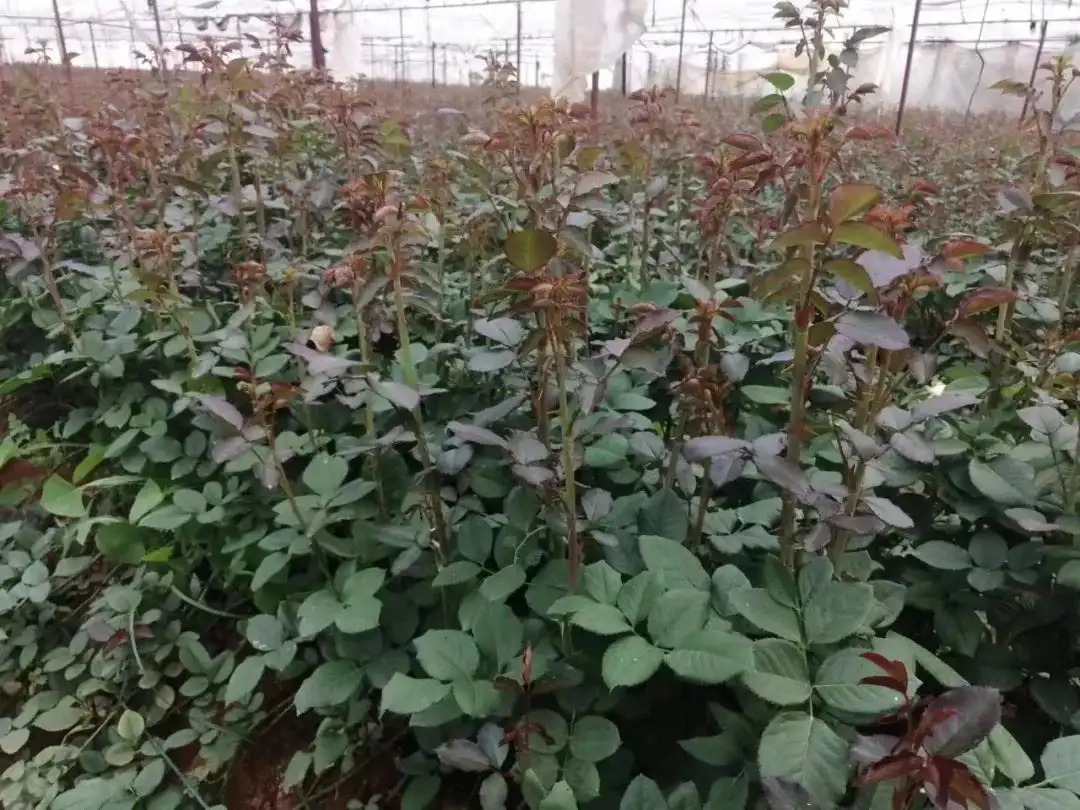
Fertilizer and water management
Basal fertilizer or bottom fertilizer is very important for the nutrient supply of roses , because roses have a long flowering period and consume a lot of nutrients. Therefore, in production, it is necessary to add enough organic fertilizer and farmyard manure as base fertilizer or bottom fertilizer.Generally speaking, fertilizer is applied once in spring and once in autumn. In spring, fertilizer is mainly applied in holes or furrows. A hole or furrow 30.0 cm deep and 30.0 cm wide is dug on the inner side of the bush, and 2 to 4 holes are applied to each bush.Apply fully decomposed farmyard manure and appropriate amount of Aishiman granular macronutrient water-soluble fertilizer to these holes or ditches. Fertilize in autumn and deep plowing during the dormant period of roses. Water in time after fertilization to promote the decomposition and absorption of nutrients.Foliar fertilization refers to foliar fertilization according to the flowering period of roses. The flowering period of roses is generally from May to early November, and foliar fertilizer can be applied according to the color of flowers and leaves. Spray the foliar fertilizer of Ai Shi Man once 20 days before blooming and once around 5 days before blooming to promote leaf growth and early flowering.When spraying foliar fertilizer, choose a sunny and windless day before 9:00 in the morning or after 16:00 in the afternoon, and focus on spraying on the new shoots and leaves of the rose and the back of other leaves.Water management adopts the principle of spring promotion and summer control. Sufficient watering is required before the flowers bloom in early spring, which is conducive to the absorption and transportation of nutrients, promotes the differentiation of flower buds, and prolongs the flowering time.During the summer flowering period, watering should be controlled to keep the soil moist and permeable, which is conducive to the root system's nutrient absorption, thus producing high-quality flowers. Since roses are not tolerant to waterlogging , water accumulation at the roots will cause the lower leaves to turn yellow and fall off, reducing the photosynthetic leaf area index and affecting yield, so drainage should be carried out in time during the rainy season.In production management work, pruning is divided into two types: pruning during flowering period and pruning during dormancy period.Flowering pruning is done after the first batch of flowers have bloomed and been harvested . At this time, you should cut 15.0 to 20.0 cm above the base of the flowering branches to promote the growth of new branches. The height of the new branches should be controlled at about 1.5 meters to facilitate flower picking and management. At the same time, you should cut off dead branches, diseased and insect-infested branches, and remove overcrowded middle branches and sprouts and branches on the rootstock.To rejuvenate the dormant branches, select strong branches before they sprout in early spring, cut them 40.0-50.0 cm from the ground, leave 1-2 side branches, and leave 2 buds on each side branch. Remove diseased and damaged branches, cross branches, thin and weak branches, and long branches in the bushes in time to increase ventilation and light transmission, reduce nutrient consumption, and help produce high-quality flowers.Then, the flower branches over 3 years old are renewed and pruned, that is, the perennial branches are thinned out or shortened from the base of the bush every year, and the number is about 1/3 of the three-year-old branches. And strong new branches are cultivated in the corresponding parts to achieve the effect of cultivating branch groups and rotating fruiting.May is the season when rose buds appear. For roses used to make scented tea, it is best if the buds are fully expanded but not yet fully open.Roses used in food processing and as raw materials for the spice industry are required to be picked when the buds are half-open, cup-shaped and yellow.The picking time is generally chosen between 05:00-07:00 in the morning. The ambient temperature during this period is suitable and the flowers remain fresh.In the planting and management of roses, careful pruning and scientific fertilization ensure a good growth environment. When picking, the appropriate time and flower state are selected according to different needs to ensure the consistency of quality.From cultivating the roots to pruning during flowering and then to picking the buds, every link is carefully cared for. The elegant fragrance of the roses comes from hard work and scientific management.


